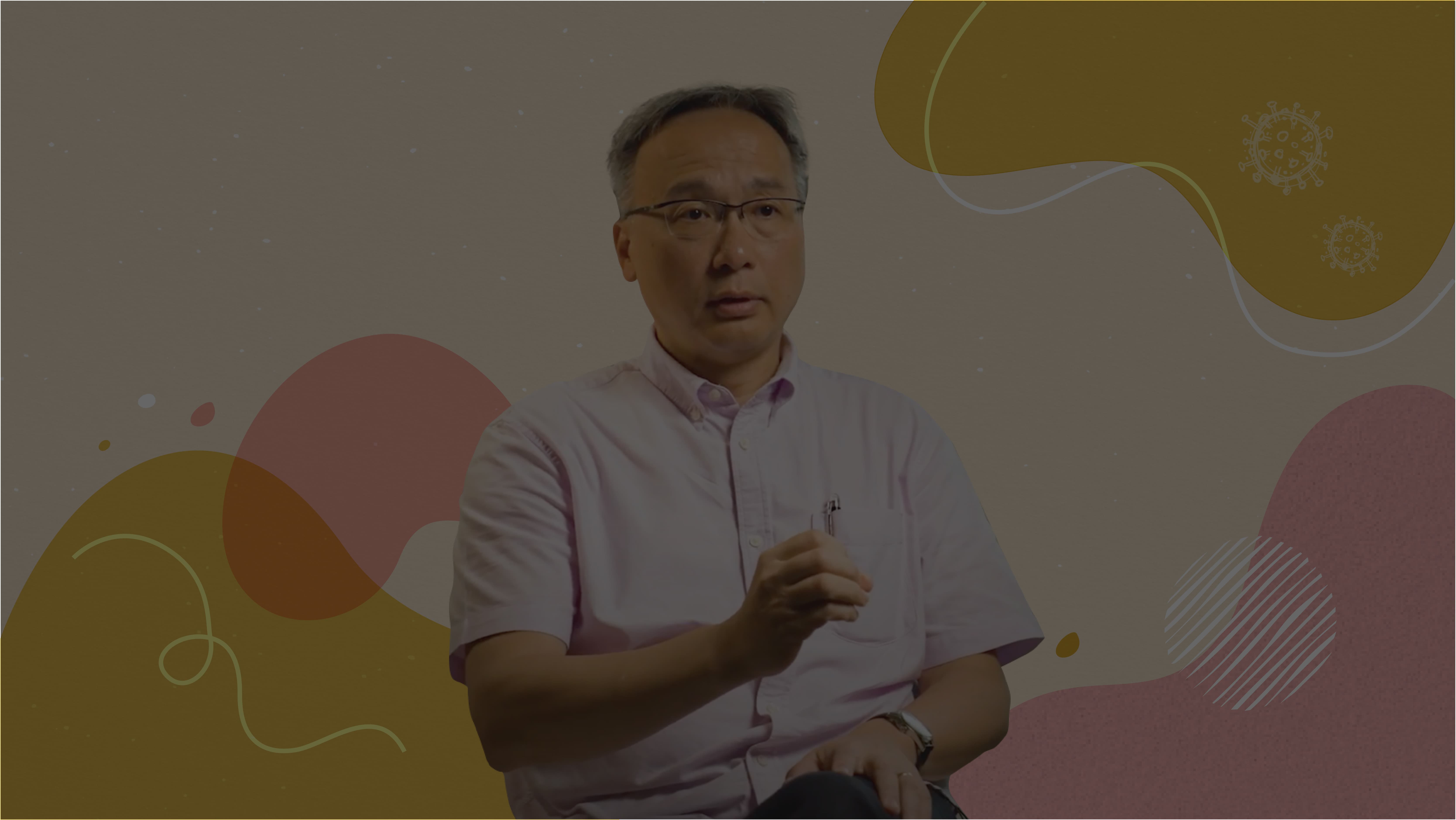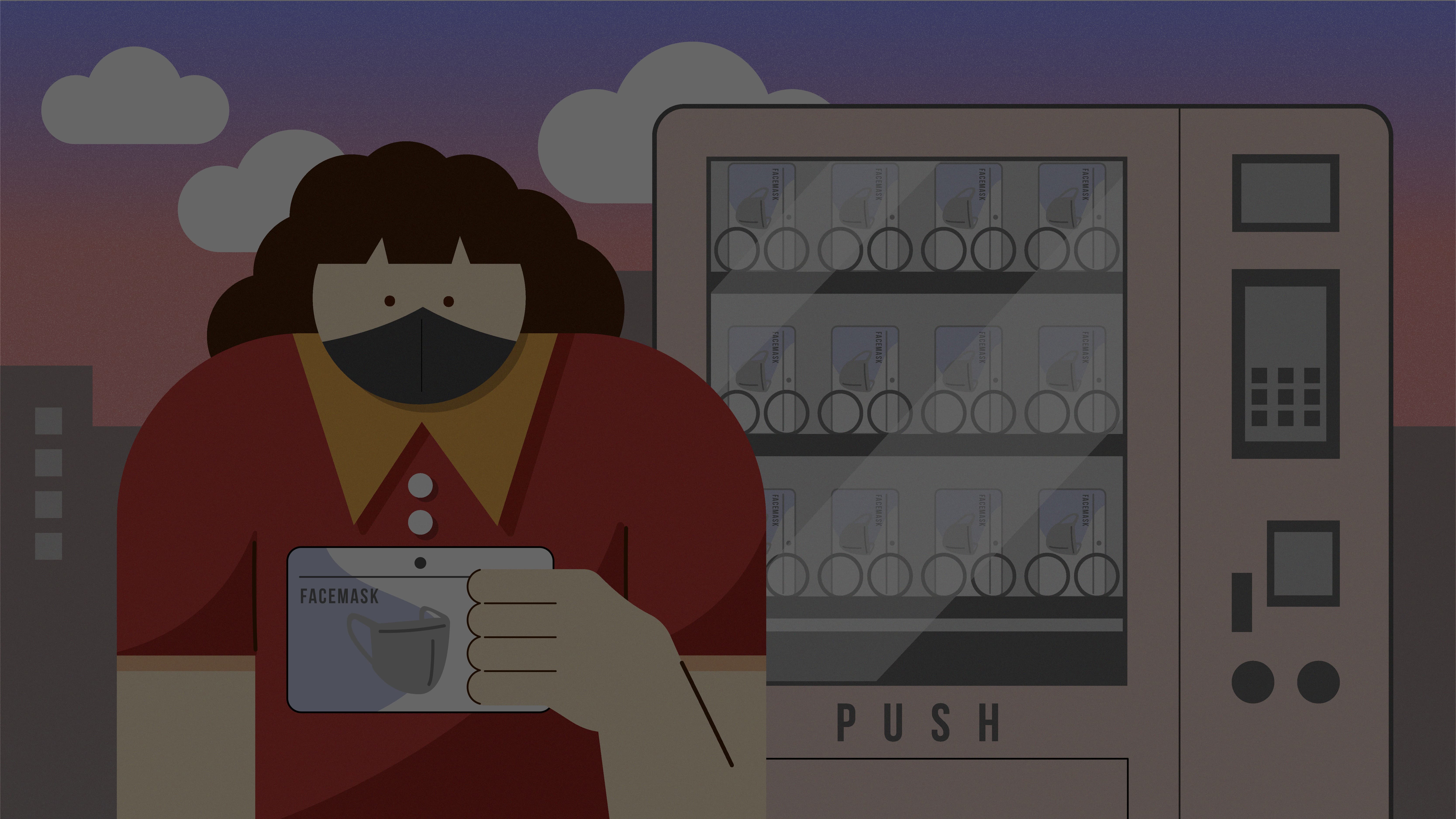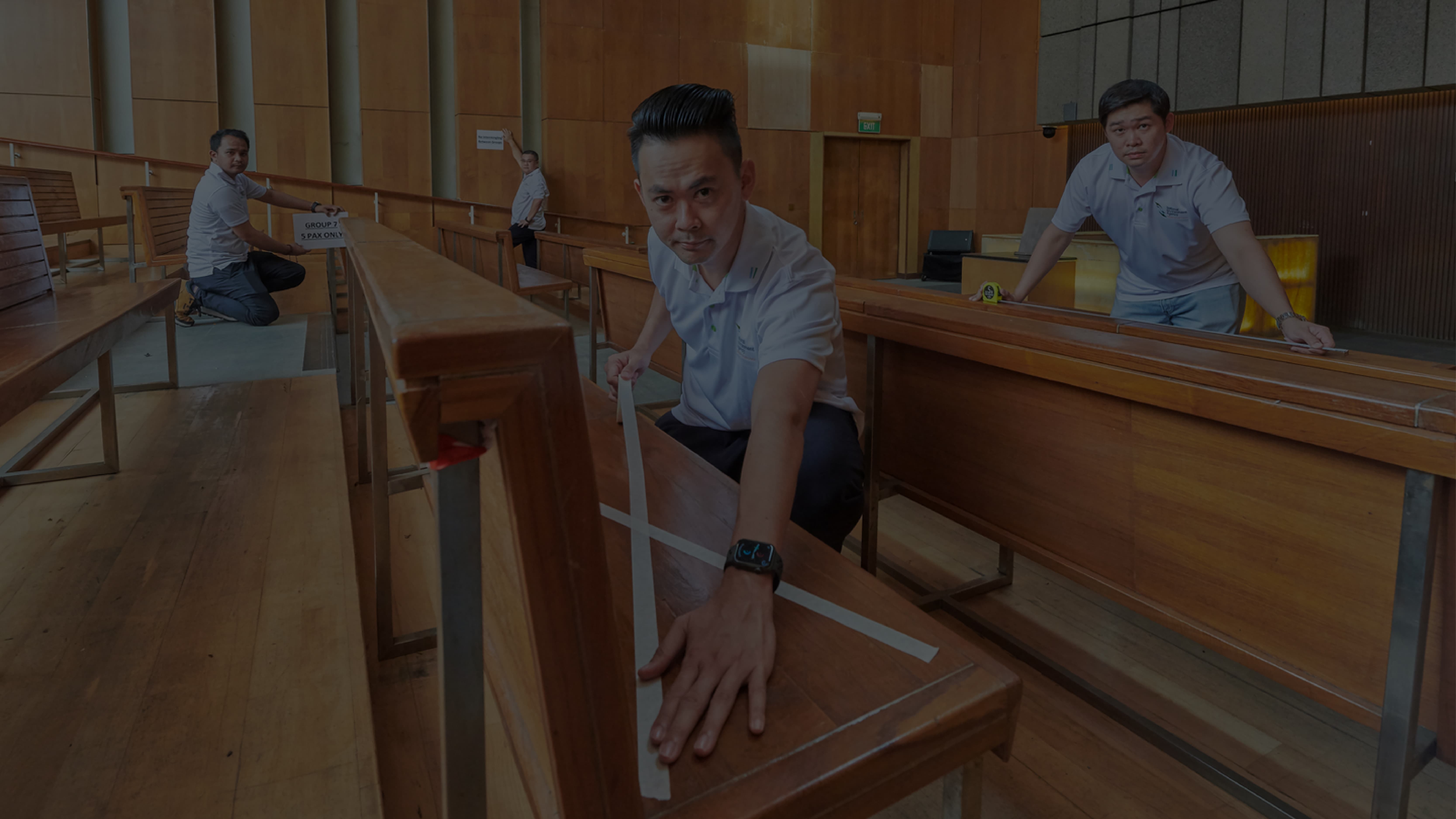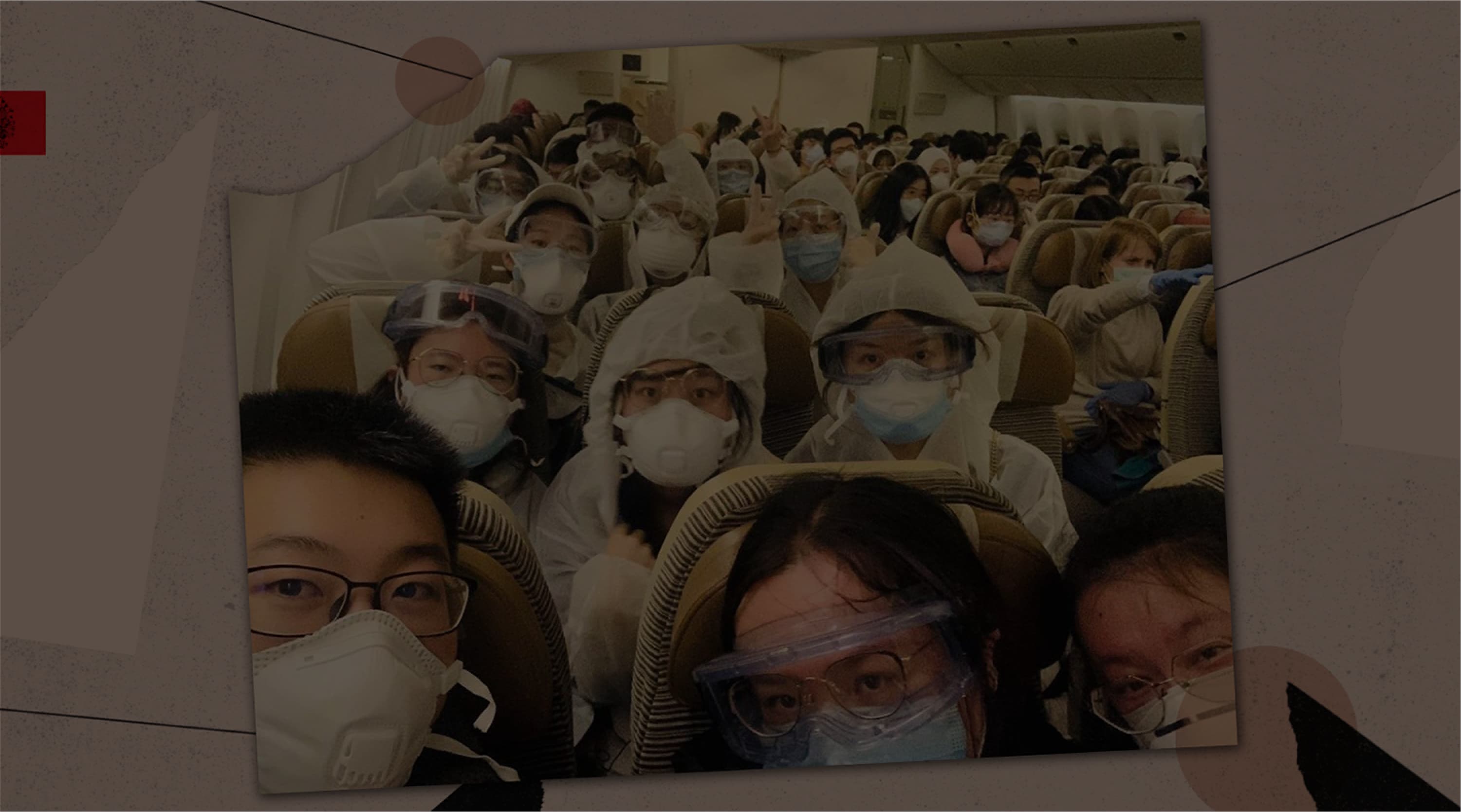Making Go Where The Go-To Resource Platform
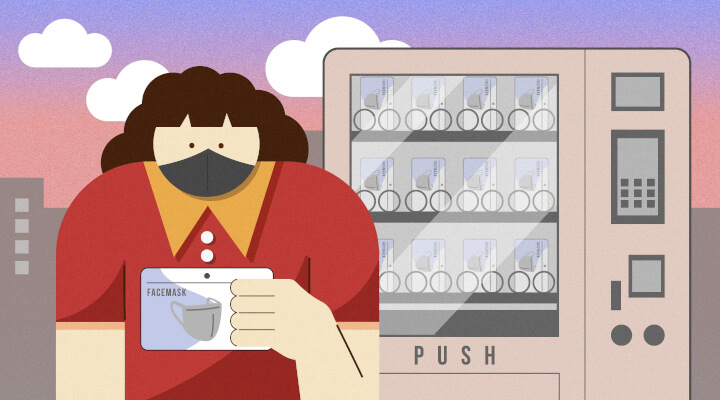
The onset of the pandemic in January 2020 was a time of great flux, uncertainty and urgency as well as innovation, resourcefulness and decisive action – all terms that could be applied to the development of MaskGoWhere, the platform that let people input their postal codes to access information on the closest mask collection points.
Mr Lim Eyung, Director of the Design & Development team at the Government Digital Services (GDS) division in GovTech, recalls that the turnaround time to implement the project was incredibly short.
On January 30 in 2020, an announcement was made that facemasks would be distributed on February 1 – giving the team less than 24 hours to launch the project. Thankfully, GovTech had already assembled a small team to disseminate information about mask collection points.
“We had anticipated that there might be such a need and – together with the Public Service Division and People’s Association (PA) colleagues – we had begun setting up the basic digital architecture to support operations on the ground,” Eyung says.
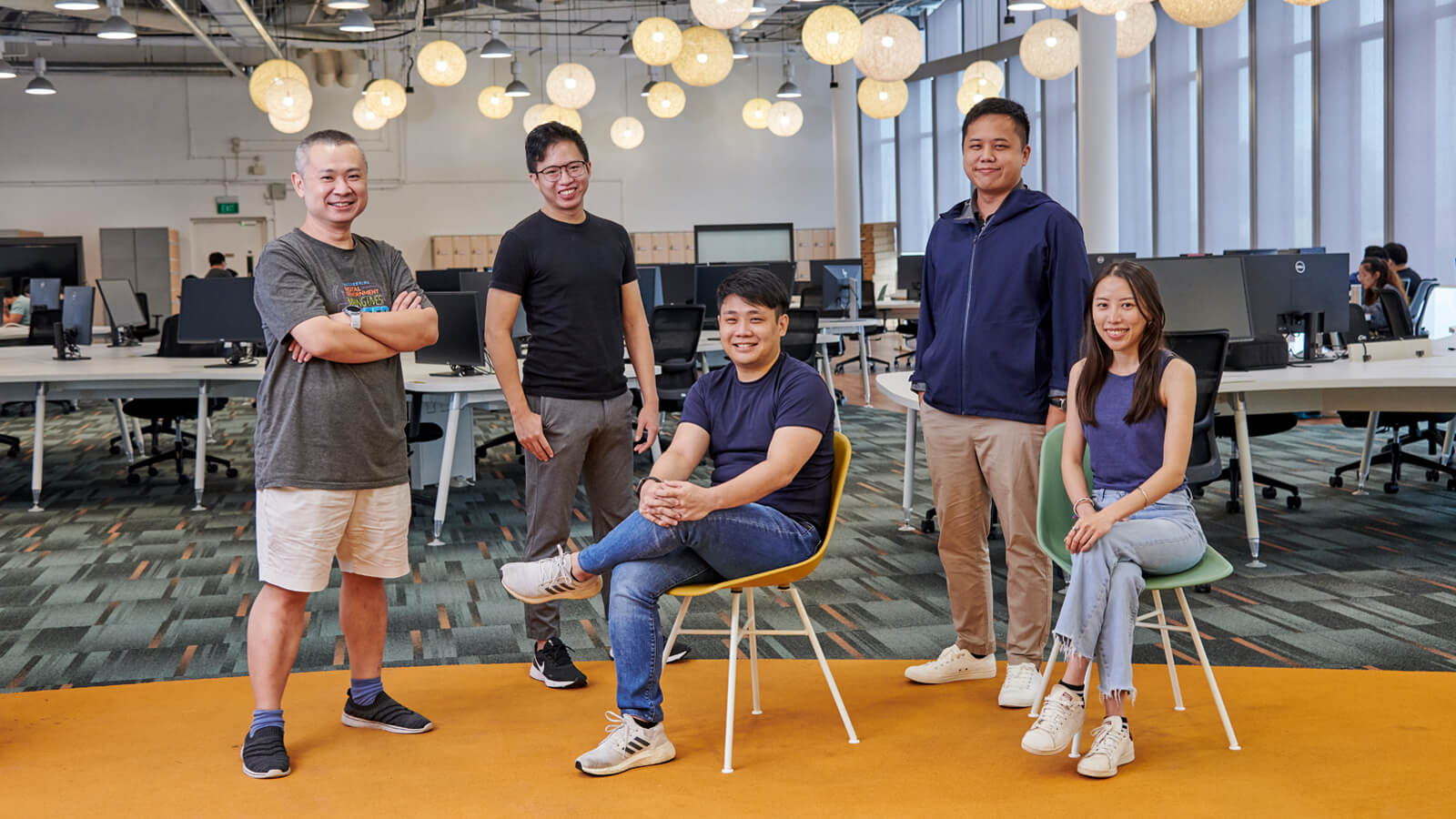
With operations and technology teams working side by side, it was an “extreme agile exercise” that he describes as akin to “building a plane in the air”.
The tight timeframe was not the only challenge. With just several hours to go before mask distribution went live, the team faced a major roadblock. Eyung shares that at around 2pm on January 31, the team discovered that the data needed to map postal codes to the collection points was incomplete.
This problem was made worse due to changing details about collection points. Thinking quickly, the GovTech team decided to map the postal codes to each constituency instead of the exact mask collection points. This allowed users to still use MaskGoWhere, whereupon keying in their postal code, they would be redirected to a poster created by each constituency that contained the latest, most accurate information.
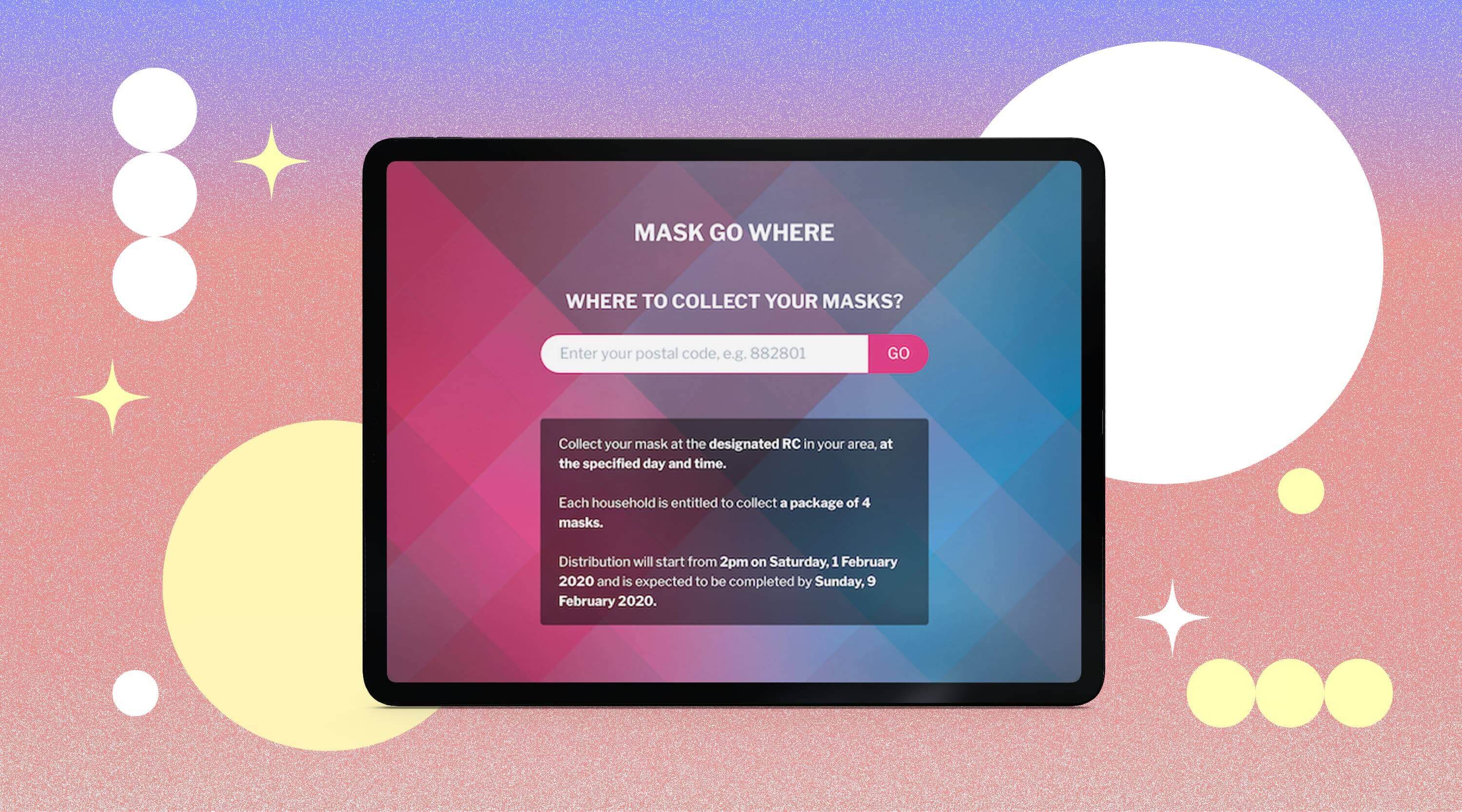
Taking Go Where Further
The successful launch of MaskGoWhere proved the usefulness of the concept – and its architecture was quickly adapted for other uses. A series of Go Where platforms have since been created, covering the locations of the closest clinics, Tracetogether token collection points and even voter polling stations.
“It became something of a core piece of the distribution tech stack that we can churn out quickly and effectively whenever a new distribution exercise is launched,” says Eyung. To date, the tech stack has benefited many initiatives, with eight sites that are still live, recording a total visitorship of around 34 million.
Go Where has been built to be reusable and with added functions that government agencies can use to perform important functions, he explains.
“Since the first iteration of MaskGoWhere, we have PosterGoWhere, a means for our business users to perform two crucial functions at once: update the site with the latest information, generate posters with the new information in four languages.” This PosterGoWhere interface allowed the colleagues at People’s Association (PA) to create posters and help keep the site updated seamlessly.
Some enhancements have also been made. When vending machines were introduced to dispense masks and tokens, the team made it possible for users to view vending machine stock levels, helping to reduce wasted trips.
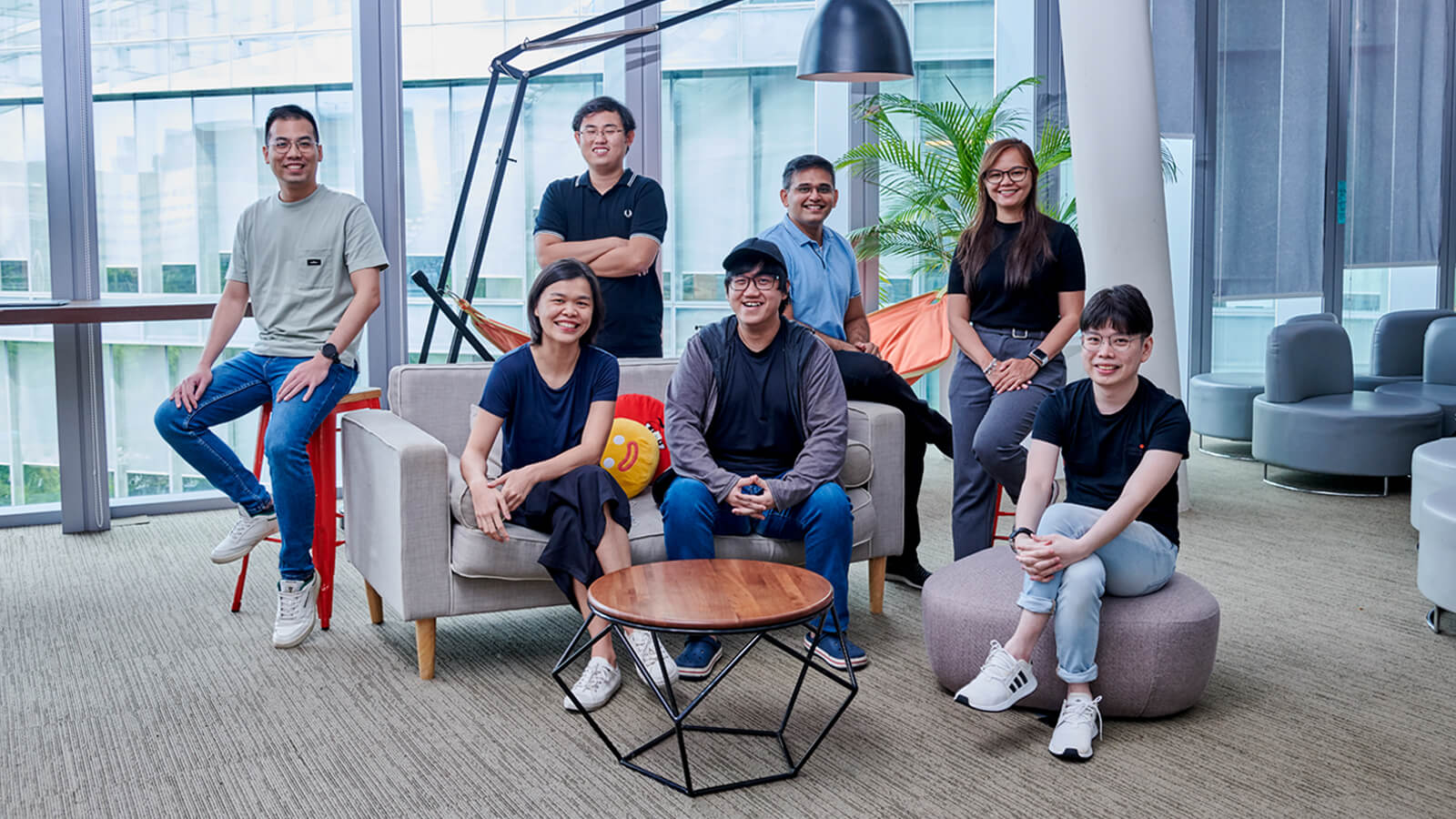
Going the Extra Mile for Go Where
While the development of MaskGoWhere was not extremely technically demanding, Eyung notes that the team nevertheless took extra pride and effort in making sure the platform was easy to use, bug-free and enhanced according to user needs.
Technology, he says, was not the only factor in the mission’s success. “Working closely with PA allowed for optimal OpsTech (operations-technology) integration, where we could use real-time feedback to learn about user needs, and the Agile approach to deliver continuous improvements,” he explains.
And though the mission lasted some 48 hours from conception to launch, the team continued to monitor, enhance and stabilise the platform. The team also proactively stepped up to make up for the lack of manpower and volunteered their time on public holidays and the weekends to take on extra duties such as replying to enquiries from citizens.
Importantly, the development of Go Where has underscored the meaning of serving users and citizens in a time of need. Looking ahead, Eyung and his team are thinking about how the design and functions of the Go Where tech stack can apply to other contexts, such as for national events or emergencies. “This is what makes our jobs meaningful,” he added.
Joy Ng is a Lead UX Designer in Eyung's team. She is an exemplary individual who innovated despite constraints. Her design and product strategy skills were instrumental in streamlining and digitalising end-to-end operations, helping citizens and businesses overcome the challenges posed by the pandemic. Joy is an Exemplary Innovator Award winner at the 2022 COVID-19 Public Sector Transformation Awards.
- POSTED ON
Jul 6, 2022
- TEXT BY
Sheralyn Tay
- PHOTOS BY
Teck Lim
- ILLUSTRATION BY
Hong Myungjin




